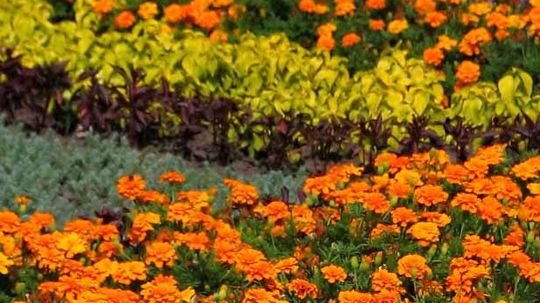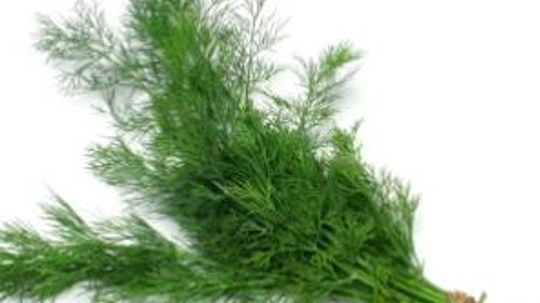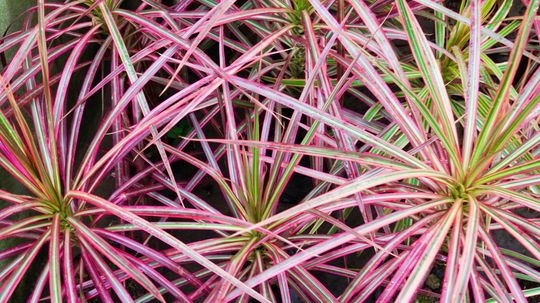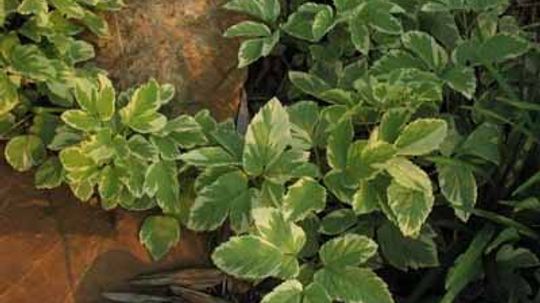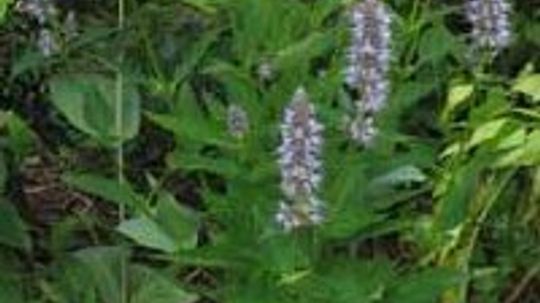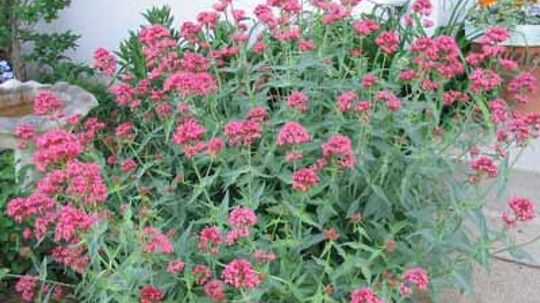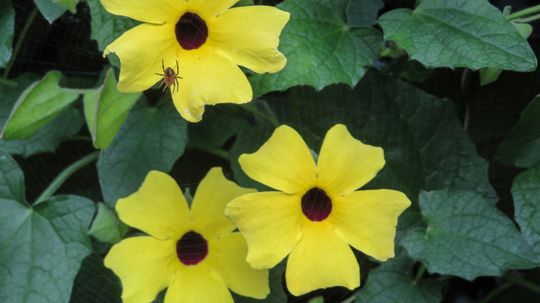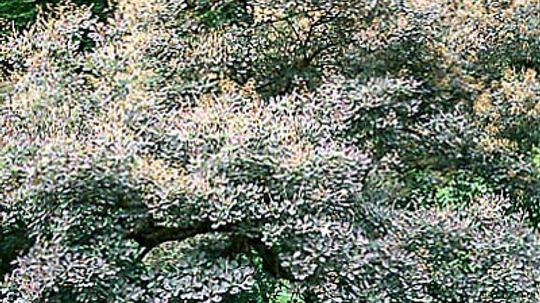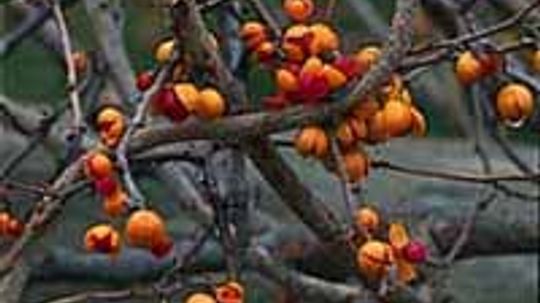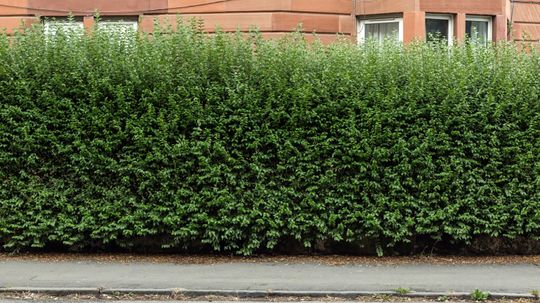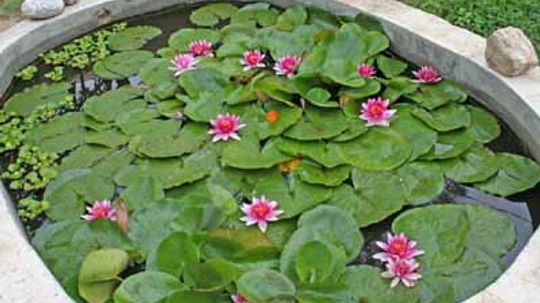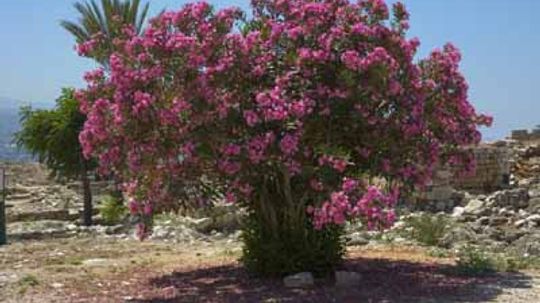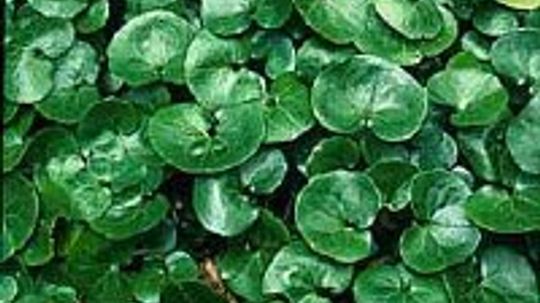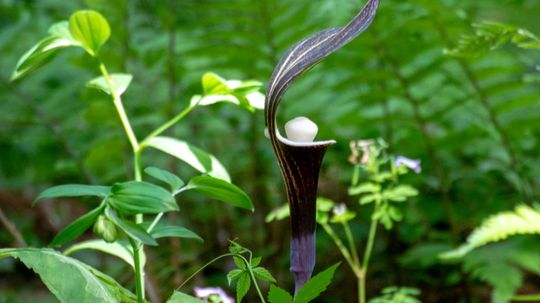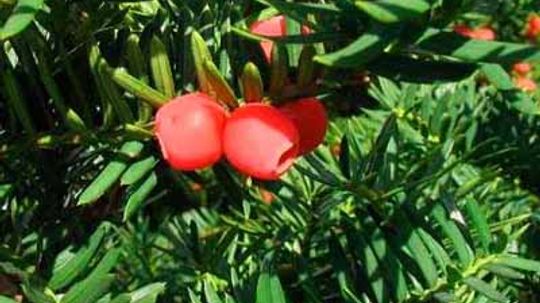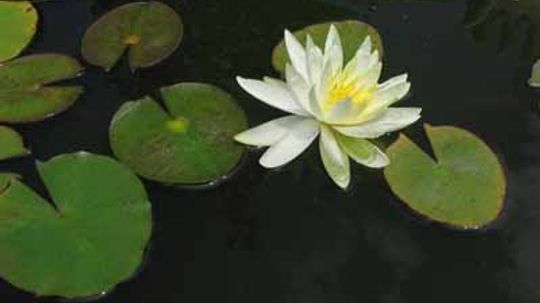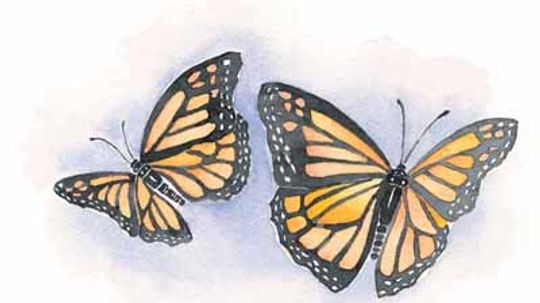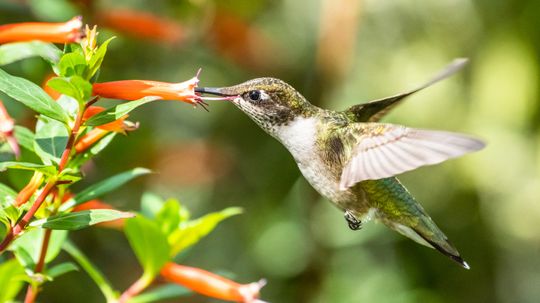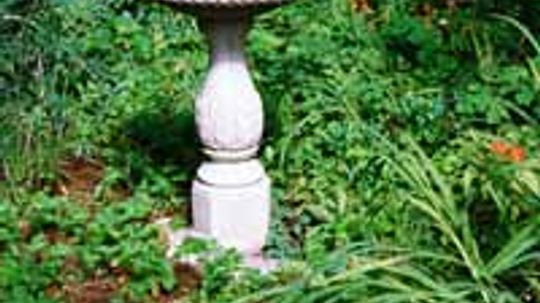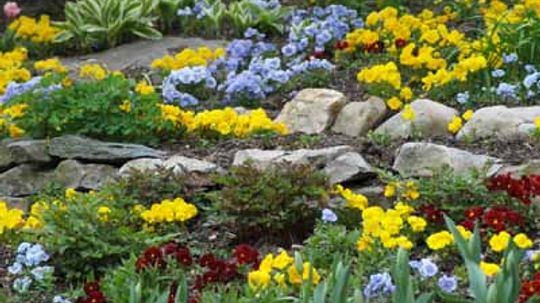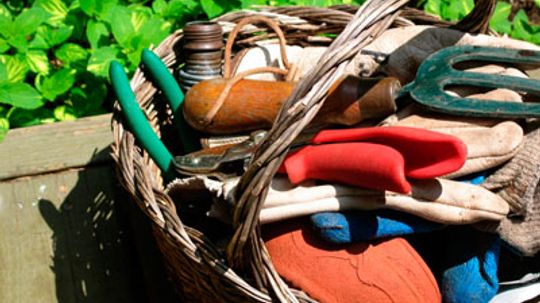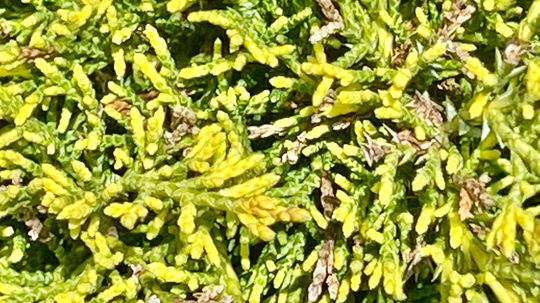Lawn and Garden
Yard and lawn care is an important part of maintaining a home. Learn about landscaping and get yard tips and advice from the experts at HowStuffWorks.
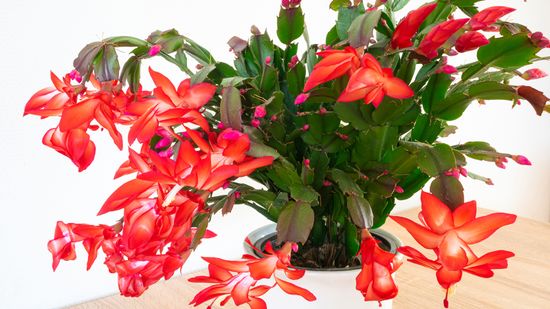
Christmas Cactus vs. Thanksgiving Cactus: What the Schlumbergera?
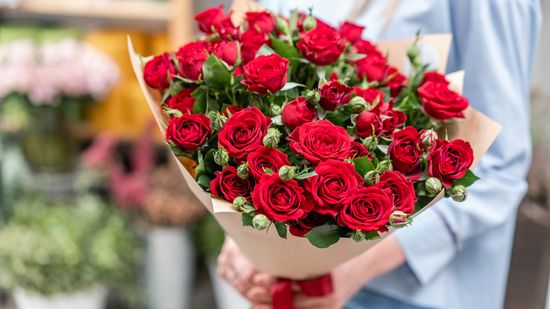
15 Types of Roses (Out of a Whopping 30,000)
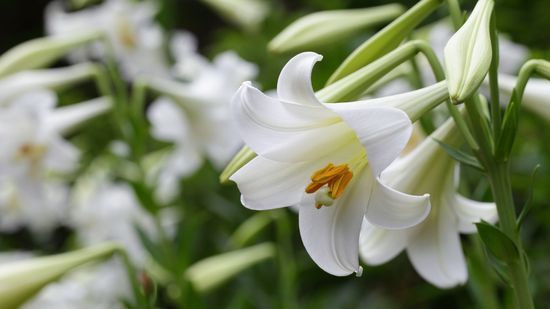
11 Types of Lilies Blooming in Gardens Around the World
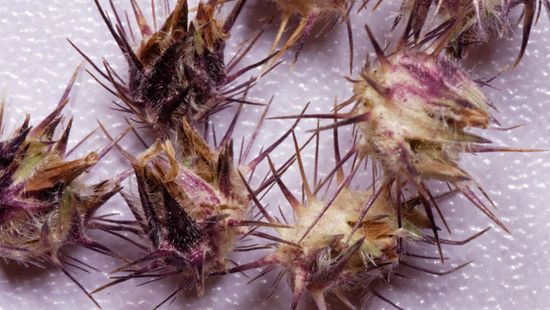
Sandspurs: The Spiky Scourge of Feet and Lawns
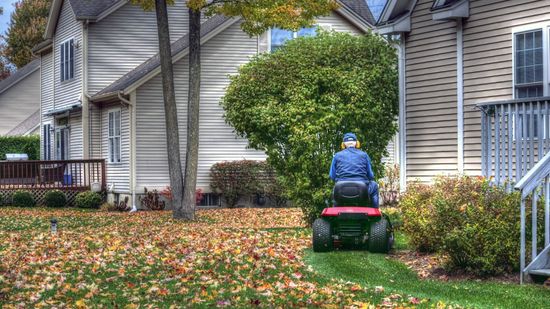
Why You Should Stop Raking Fall Leaves, Stat!

Is Artificial Turf the Lawn of the Future?
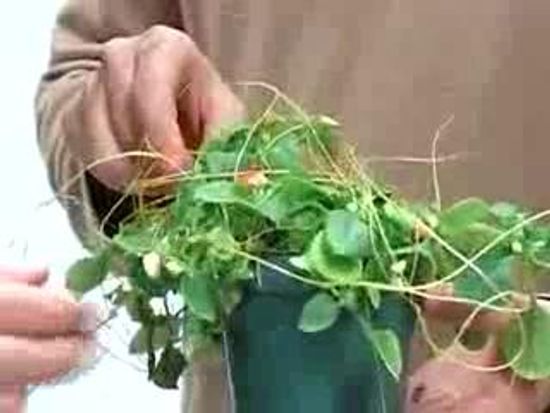
What time of day should you water your plants?
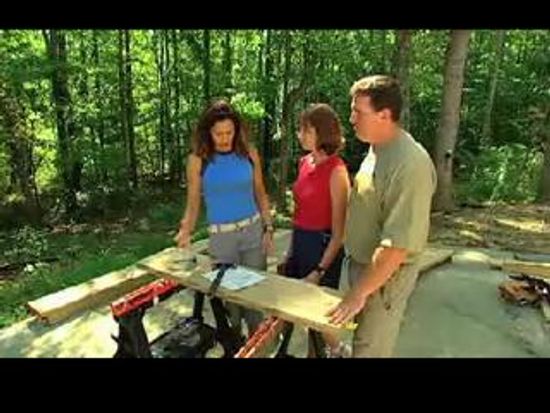
What types of stones work well in hardscape designs?

What is aquaponics?
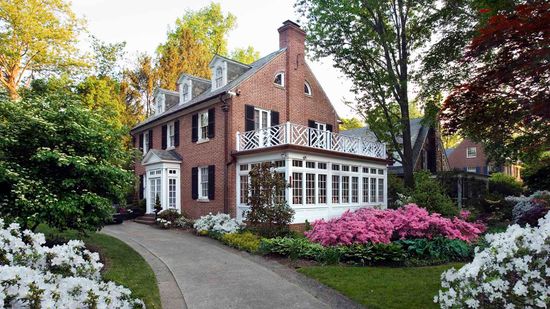
How Azaleas Became the Signature Flowers of the South
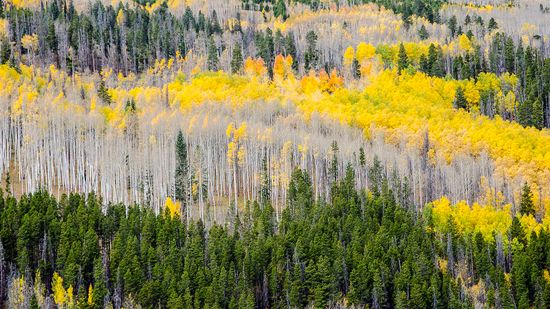
Why Evergreen Trees Don't Shed Their Needle-like Leaves
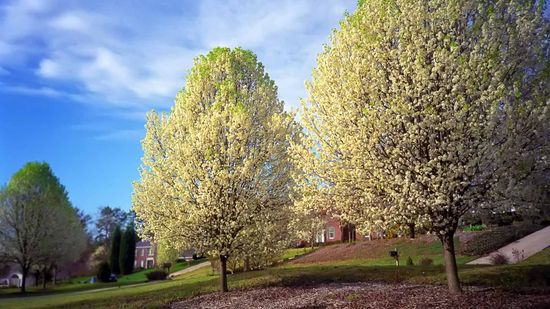
The Dreaded Bradford Pear Tree Smell Isn't Very Pear-Like
Learn More / Page 8
Spider plant, also known as airplane and ribbon plant, grows rosettes of grasslike leaves with long flower stems. Read about the best ways to care for this easy house plant.
Just because you're interested in gardening, doesn't mean that you have to stick to the classic floral plot. There are many different kinds including rock, rose, and water gardens. Learn about the different garden types.
Annual plants fill your landscape with color and fragrance, adorn your vases with bouquets, and provide a harvest of vegetables and herbs. Learn about the many ways to use annual plants.
Advertisement
Dill is a wonderfully versatile annual that is both beautiful and edible. The feathery foliage and yellow flowers are both distinctively decorative and quite tasty. Read about caring for dill.
By Lynn Adams
Dracaena, or spike plant, was traditionally considered a houseplant, but has now moved outside as an annual. The leaves add great height and texture to any garden scenery.
By the Editors of Publications International, Ltd. & Austin Henderson
Goutweed, also known as bishop's weed, can easily grow out of control but for the same reason, it makes for perfect ground cover. Read about its foliage and flowers and how to care for it.
Hyssop, anise hyssop, is a herblike perennial with spikes of brightly colored flowers that bloom in later summer to early fall. Read about this showy plant and find out which animals it attracts.
Advertisement
Jupiter's beard, or red valerian, is a cheerful and blowzy plant. It is not fussy and it has a long flowering period, starting in spring. Learn about this old perennial and find out how to grow it.
Monkshood has showy dark blue flower spikes that bloom in late summer and early fall and resemble hoods. Its toxic properties have been described since the early sixteenth century. Read more about this fascinating plant.
Thunbergia, also known as Black-Eyed Susan Vine or Clock Vine, climbs to heights of 8 feet. Petals of white, yello, orange, or cram fan around dar "eyes." Learn about thkis fantastic trellising plant.
By C. Colston Burrell
Smoke tree leaves vary from bluish green to violet between varieties. Smoke tree can reach heights of 15 feet. Learn more about controlling height, foliage and flowers through pruning.
By C. Colston Burrell
Advertisement
American bittersweet needs both male and female plants for flowering and berry production. It grows so well that it needs to be controlled around other plants. Try using it to camouflage posts around the garden.
By C. Colston Burrell
Dwarf myrtle has a delightful scent when pierced. Its many varieties and uses (as a screen, hedge, or topiary) make it an interesting plant to care for and display. Learn more about its flowering habits.
By C. Colston Burrell
Installing a water garden pond doesn't have to be left to the professionals. Home gardeners have many techniques and options to choose from, and can easily install their own ponds. Read to find out how.
Tree roses are a way of growing roses, not a separate class of flower. Learn how to achieve the manicured presentation of tree roses in your own yard or garden.
By C. Colston Burrell
Advertisement
European wild ginger is an adaptable, little-known shade plant that will brighten up any yard or garden. Learn how to grow, cultivate, and maintain European wild ginger successfully.
By C. Colston Burrell
Jack-in-the-pulpit is an intriguing wildflower native to North America named for its oddly-shaped bloom. Learn how to grow and use jack-in-the-pulpit in your yard or garden.
By C. Colston Burrell
Japanese yew is one of the only conifers that is shade tolerant, and it produces vibrant berries that please the eye. Learn how to grow and use Japanese yew in your garden or as a house plant.
Hardy water lily is a cross between European and North American species that is a popular centerpiece for many gardens. Learn how to grow and maintain hardy water lily in your pond or fountain.
By C. Colston Burrell
Advertisement
Track developments and changes in your garden with a log, and gain a handy tool for years to come. Learn to keep a garden journal and fully maximize the potential of your garden.
Firecracker plant, with red tube-like flowers, needs direct light and at least 6 inches of surrounding space. Start your indoor garden with firecracker plants, which look great spilling out of hanging or boxed planters.
By C. Colston Burrell
A good design makes your garden more than just a pretty space. It brings together the inside and outside rooms of your home. Learn how design can be your first step towards a successful garden.
Rock gardens bring mountain-inspired beauty to your backyard. This article will give you all you need to know to plan a rock garden, including advice on planting, building, and caring for rock gardens.
Advertisement
Garden soil provides nutrients, moisture, and support for the plants in your garden. For a successful garden, the content of your soil must be balanced. Learn all about preparing your garden soil.
Creeping juniper produces bluish green leaves, turning purple in winter, contrasting nicely against snow. Females sprout tiny, spherical bluish green berries. Learn how to grow this lovely evergreen plant as part of a winter garden.
By C. Colston Burrell

